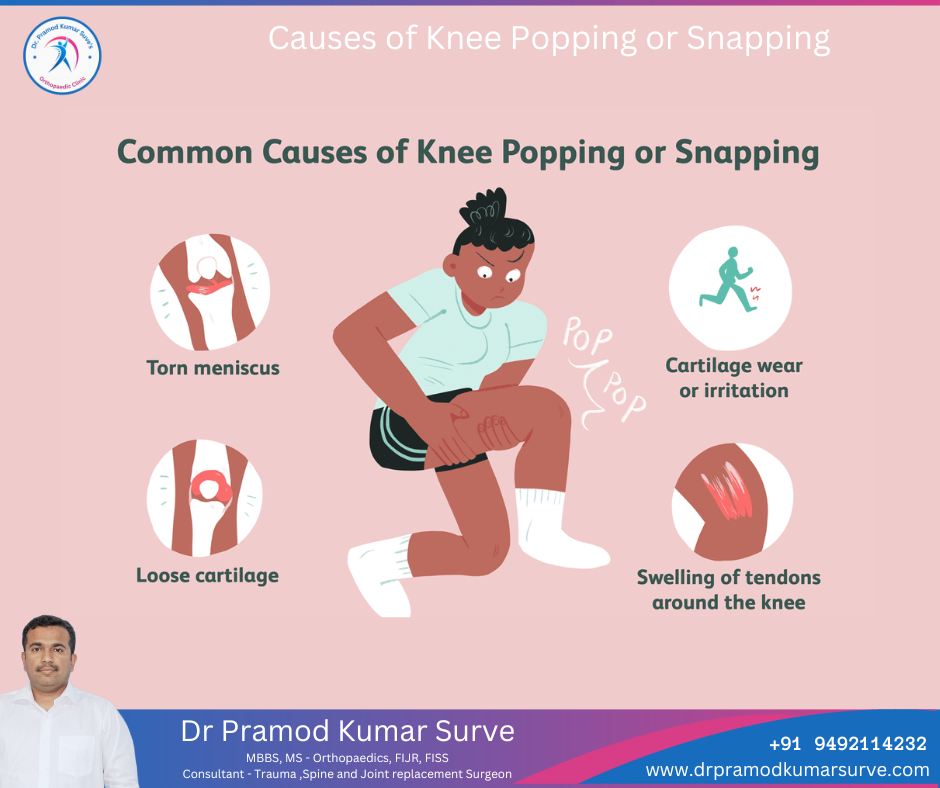Title: Understanding Lower Back Pain: Causes, Diagnosis, and Effective Treatments
Introduction:
Lower back pain is a common ailment that can affect individuals of all ages, impacting daily activities and quality of life. In this blog post, we will explore the various causes of lower back pain, delve into the diagnostic process, and discuss effective treatments to alleviate and manage this prevalent issue.
Causes of Lower Back Pain:
1. Muscle Strain and Sprains:
– Overexertion or improper lifting techniques can lead to muscle strains and sprains in the lower back.
– Poor posture, especially during prolonged sitting or standing, may contribute to muscle imbalances.
2. Herniated Discs:
– The cushions between vertebrae, known as discs, can rupture or bulge, pressing on nerves and causing pain.
– Aging, wear and tear, or sudden injuries can contribute to disc herniation.
3. Spinal Stenosis:
– The narrowing of the spinal canal puts pressure on the spinal cord and nerves, leading to pain.
– Spinal stenosis is often age-related and can result from conditions like osteoarthritis.
4. Degenerative Disc Disease:
– The gradual deterioration of intervertebral discs can cause chronic lower back pain.
– Factors like aging, genetics, and lifestyle choices can contribute to this condition.
5. Scoliosis:
– An abnormal curvature of the spine can lead to lower back pain.
– Scoliosis may develop during growth spurts in adolescence or result from degenerative changes in adulthood.
Diagnosis:
1. Clinical Assessment:
– A healthcare professional will evaluate medical history, symptoms, and perform a physical examination to identify potential causes.
2. Imaging Studies:
– X-rays, CT scans, or MRIs may be used to visualize the spine and identify structural abnormalities.
3. Laboratory Tests:
– Blood tests can help rule out systemic conditions that may be contributing to lower back pain.
Effective Treatments:
1. Physical Therapy:
– Targeted exercises and stretches can improve flexibility, strengthen core muscles, and alleviate lower back pain.
2. Medications:
– Nonsteroidal anti-inflammatory drugs (NSAIDs), muscle relaxants, and pain relievers can provide temporary relief.
3. Injections:
– Corticosteroid injections directly into the affected area can reduce inflammation and provide pain relief.
4. Lifestyle Modifications:
– Maintaining a healthy weight, practicing good posture, and avoiding prolonged periods of inactivity can prevent and manage lower back pain.
5. Alternative Therapies:
– Techniques such as acupuncture, chiropractic care, and massage therapy may offer relief for some individuals.
6. Surgery:
– In severe cases where conservative treatments fail, surgical interventions like discectomy or spinal fusion may be considered.
Conclusion:
Understanding the causes, undergoing a thorough diagnosis, and exploring effective treatments are crucial steps in managing lower back pain. Whether through lifestyle adjustments, physical therapy, or medical interventions, individuals can find relief and regain control of their lives. If you are experiencing persistent lower back pain, consulting with a healthcare professional is essential to determine the most appropriate course of action tailored to your specific needs.
